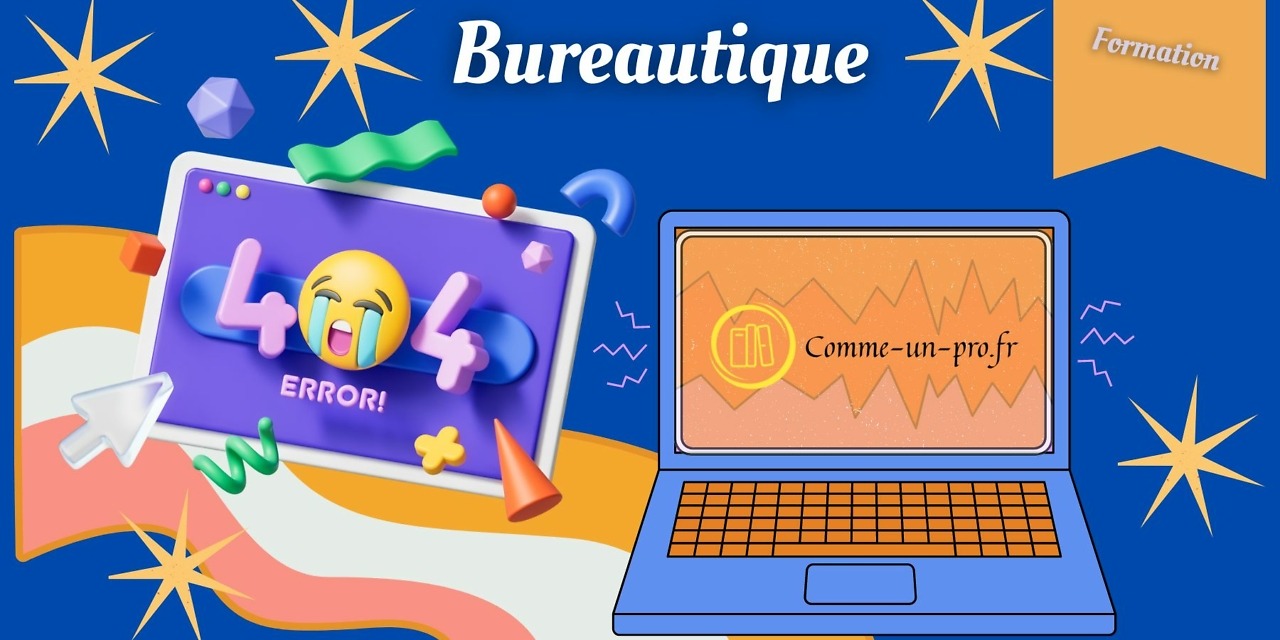Why is personalization important?
Personalization is essential to provide users with a personalized and tailored experience. It allows Google to understand your preferences and to offer you personalized search results, advertisements and recommendations based on your tastes and interests. However, online personalization can also pose privacy risks and limit the variety of information you are exposed to.
To strike the right balance between personalization and privacy, it's important to understand how Google uses your data and how you can manage it with “My Google activity“. In the next section, we'll look at how “My Google Activity” affects personalization.
How “My Google Activity” uses your data to personalize your online experience?
Google collects and uses your search and browsing data to personalize your online experience. This data includes your search queries, the websites you visit, and the Google products you use. By using this information, Google can customize search results, advertisements and other services such as Google Maps and YouTube to suit your preferences and interests.
This can improve your online browsing experience by providing you with more relevant results and reducing irrelevant results. For example, if you frequently search for vegetarian recipes, Google may use this information to provide you with search results for vegetarian restaurants or vegetarian cooking sites.
However, it is important to note that personalization can also pose privacy risks and limit the variety of information you are exposed to. To better understand the risks associated with excessive personalization, let's move on to the next section.
The risks associated with excessive personalization
While online personalization offers many benefits, it can also pose privacy risks. Over-personalization can limit your view of the world by only exposing you to information that Google thinks you want to see, which can limit your exposure to new ideas and perspectives.
Additionally, data collection can pose privacy risks if that information is misused or disclosed. For example, location information collected by Google may be used to track your movements and reveal sensitive personal information such as your home or workplace.
It is therefore important to strike a balance between personalization and online privacy. In the next section, we'll see how “My Google Activity” can help you manage personalization more effectively.
How do I manage personalization with “My Google Activity”?
“My Google activity” is a valuable tool for viewing and managing the data collected by Google. To access it, just sign in to your Google account and go to the tab “Data and Personalization” in the settings.
From here, you can see your search and browsing data, as well as other information collected by Google. You can also adjust the privacy settings to better control the collection and use of your data.
For example, you can choose to turn off Location History to prevent Google from tracking your movements. You can also delete specific entries in your search or browsing history if you don't want that information used for personalization.
By adjusting your privacy settings in My Google Activity, you can better control the collection and use of your data and strike a balance between personalizing online and protecting your privacy. To better understand this balance, let's move on to the next section.
Finding a balance between personalization and privacy
It's important to strike a balance between personalization and online privacy. Personalization can provide many benefits by giving you a more enjoyable online browsing experience and reducing irrelevant results. However, it is also important to protect your privacy online by limiting the collection and use of your data.
To find this balance, you can adjust your privacy settings in “My Google Activity” to better control the collection and use of your data. You can also use tools like VPNs and browser extensions to boost your privacy online.


